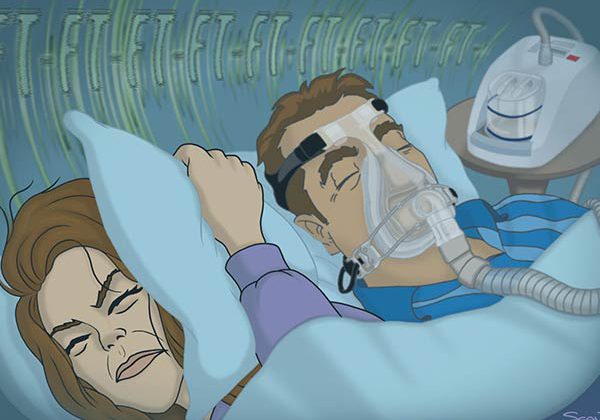Taming the Trouble with Inhalers: A New Way to Treat Asthma
A common treatment for asthma, which is the most prevalent chronic childhood disease, requires use of an inhaler. But a big problem with inhalers, used to deliver steroids and other drugs in an aerosol form, is that children often don’t operate them properly. Parents also worry about side effects from their children’s long-term use of steroids.
 Now, a team of scientists is poised to dramatically change how physicians treat asthma. They’re developing a drug that would replace steroids as the therapeutic agent, reducing side effects and making treatment as simple as swallowing a pill.
Now, a team of scientists is poised to dramatically change how physicians treat asthma. They’re developing a drug that would replace steroids as the therapeutic agent, reducing side effects and making treatment as simple as swallowing a pill.
“We would revolutionize the field if we could replace the inhaler,” says Douglas Stafford, director of the Milwaukee Institute for Drug Discovery (MIDD). “These are critical design factors that are just as important as drug efficacy.”
Fueled by a $2 million grant from the National Institutes of Health, researchers from Columbia University and the University of Wisconsin-Milwaukee are redesigning a drug compound first created by UWM’s James Cook to calm anxiety without dangerous side effects.
A paper published April 25 in the journal Molecular Pharmaceutics describes how the researchers have already cleared major hurdles.
Many of the anxiety-taming compounds in Cook’s vast library act on a neurotransmitter in the brain called gamma-aminobutyric acid, or GABA, which suppresses brain activity. Taking advantage of this effect, sedatives and anti-seizure drugs do their jobs by enhancing GABA through one or more of its receptors.
In fact, certain GABA receptors, like GABAA, can induce a calming effect without the side effects of sedation or dependence that comes from using drugs like Valium and Xanax.
While Cook’s compounds act on GABA receptors in the brain, the asthma compound the team has created acts on an entirely different part of the body.
When Dr. Charles Emala, a Columbia University Medical Center anesthesiologist, discovered that GABA receptors also exist in the lungs, he emailed Cook about using compounds from the Cook lab in some research he was conducting on lung physiology.
The results of that work led to the eventual question: Was it possible to harness those GABA receptors to relax the inflammation and constriction that asthma causes in the smooth muscles in the airways of the lungs?
“Emala’s email was like a Christmas present,” says Cook, a UWM distinguished professor of chemistry who holds 47 patents or patent applications for drug compounds. “In 2008, our lab had made compounds that might work for this purpose. But lacking biology, they were just put on a shelf.”
The asthma project is halfway into a four-year grant, and the researchers have confirmed that their compounds reduce airway inflammation, while limiting blood-brain barrier exposure. This means the compounds can target GABAA receptors in the lung responsible for asthma symptoms without affecting similar receptors in the brain.
Meanwhile, the UWM Research Foundation has filed three patents on the work so far. It’s just one example of the MIDD’s ambitions and potential.
The paper can be found at https://www.ncbi.nlm.nih.gov/pubmed/28440659
Source Newsroom: University of Wisconsin-Milwaukee




